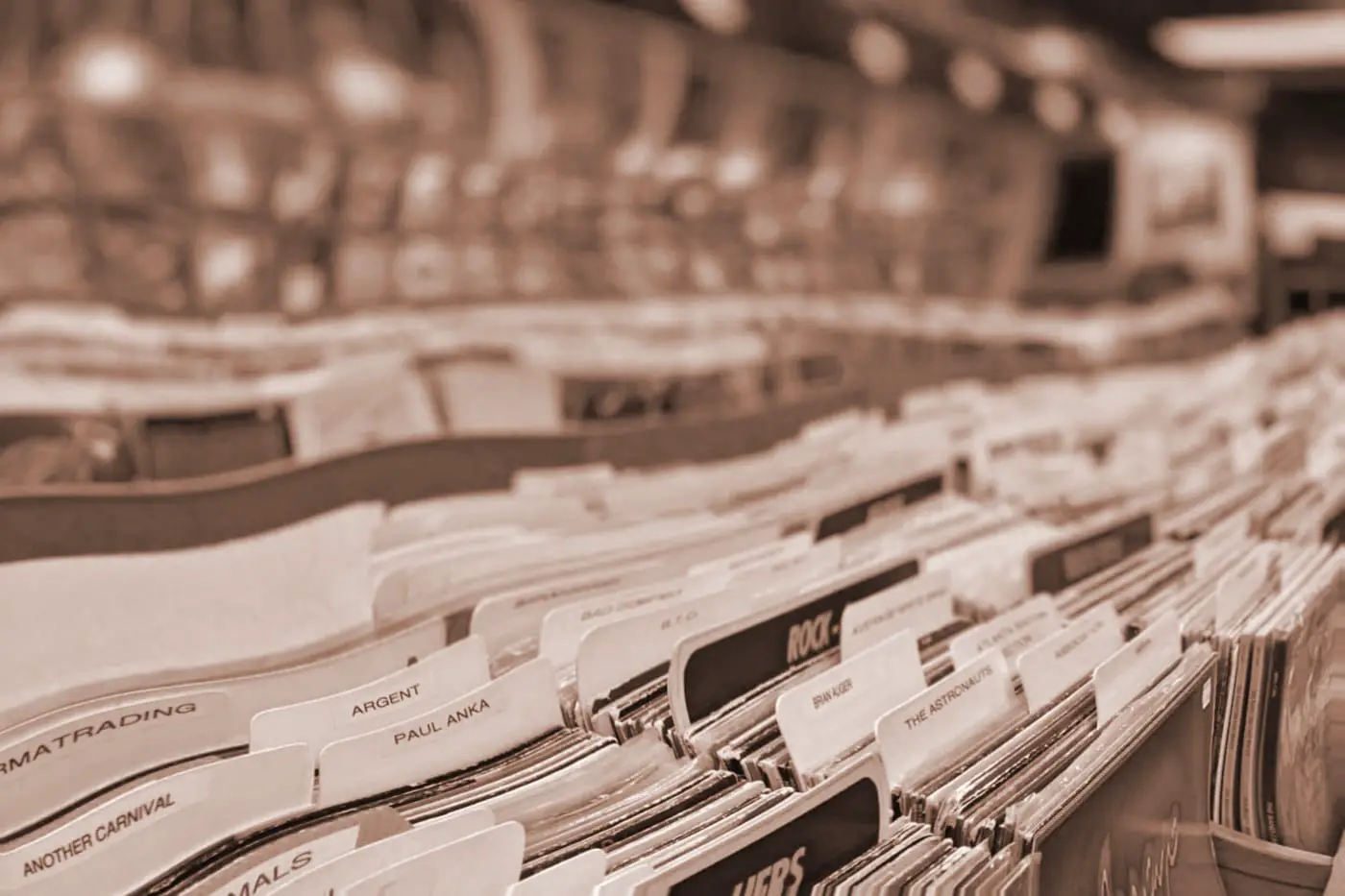[dropcap]A[/dropcap]ldous Huxley said music is runner-up to silence for expressing the inexpressible. Might the inexpressible boil down to the supremely emotional? Throughout Western history, music has had a place in daily life – growing its foothold year after year. With the turn of each decade, music has turned as well. Perhaps in an effort to appeal to a developing society… Perhaps as an indicator of that same society’s development…
Though the spirituality movement is waning these days, the concept of collective consciousness manifesting in the arts isn’t quite so hard to fathom. Might music be a mirror for Western society’s soul?
The ’20s and ’30s Go Swing
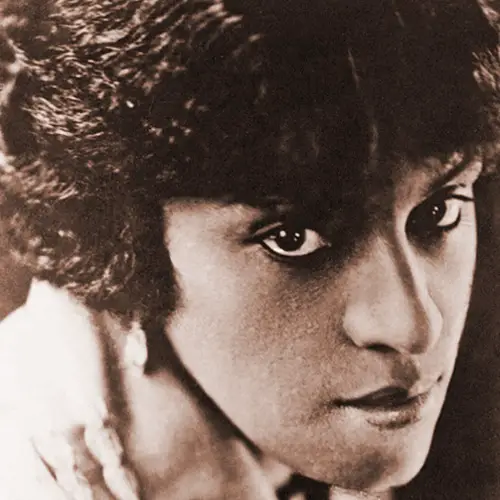
Swing was in full, ahem, swing in this period. This being the heyday of such technological marvels as the “OG” (Original Gramophone). All that jazz you can vaguely recall being sung satirically by the animated likes of Betty Boop was actually the pop music of the ’20s. Betty Boop’s character was quite literally based on popular ’20s singer Helen Kane. Singers such as Eva Taylor and her contemporaries cried “Baby Won’t You Please Come Home” to an audience spring loaded and trained to a dance floor.
The roaring ’20s we now collectively call the “Jazz Age” pedestalized the chittering, babbling variety of vocal vibrato and bowed to bellowing big bands.
This was the time when most jazz standards came into being. Oh, and ‘ragtime’ was all of the time. The music of this period was lively in every sense. Isham Jones’s “Believe it Beloved” proves even its down-tempo tunes were jumpy and ecstatic. Such fervor bled right into the ’30s too.
Indeed, the two decades were all but taken in by a resounding “Happy Rhythm.” However, beneath the glitz and glamor of Broadway’s biggest bands grew the unmistakable presence of blues; as much an equal and opposite to the era’s sound as anything could be.
The ’40s Go Soft
Big bands were breaking, fraying into individual threads; threads apart… True blue crooners would take center stage around this time with slow, sultry songs and flattened, far-reaching voices. Such perplexing cultural phenomena as ‘Sinatramania’ would ensue. All the while, languid, monotonous blues was growing into something more. It sprouted legs to kick with.
Towards the decade’s end, morosity would be stoked into ferocity as the dragon’s egg of rock and roll cracked open. Solid body electric guitars started to catch on and rockabilly types like Elvis scratched at the industry’s surface just before flipping it over.
The ’50s Go Rock
Rock and roll blossomed in the ’50s – shattering norms and speaker systems all over the world. Elvis grabbed hold of the spotlight and rose to fame with his dramatic take on rhythm and blues. Chuck Berry followed him into the limelight with his own iconic originals. Things were moving again in the economy and this fresh form of music made the nation’s rebirth an obvious one.
The ’60s Go Wild
In full force, the ’60s came thrashing through, all wile and vigor; the drunken monkey of music memory. Free love and bitter war clenched fists to flowers as such major marvels in music as Janice Joplin, the Beatles, and Jimi Hendrix rose to prominence. It was blitz with a beat, born to be wild. Of course, it wasn’t meant to last. Not for Janice. Not for Jimi. Not for music.
The ’70s Go Dancing
Cue disco. All the frolicking mania of the ’60s shrank back onto the dance floor, subdued, ball-gagged and much, much quieter. Where Steppenwolf fell out of favor, hot-steppin’ became the norm. Another little piece of the industry’s heart had broken – revealing a warm mushy center inhabited by ABBA, the Beegies, and bell-bottom suit pants. The cycle had slackened yet again.
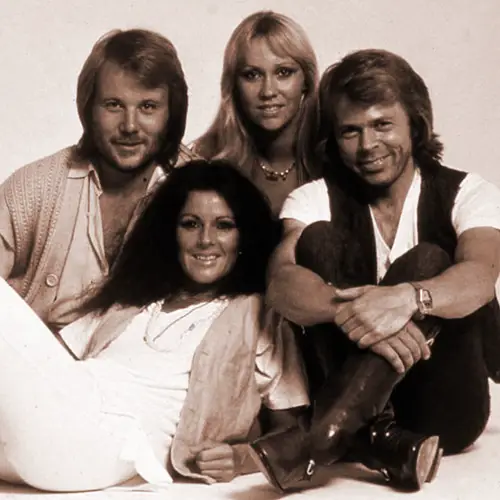
1973 had been met with a ‘recession’ strong enough to curb the sway of the ’60s into docility. Much of the West had lost its grip of the post WW2-era’s coattails, resigning itself to 2 years of economic stagnation.
The decade’s waning years showed signs of life though. AC/DC and others in rock and heavy metal had begun to gain traction by ’77. Unfortunately, that same year was the last for the likes of Elvis Presley, making the period bittersweet at best.
It would take the onset of the ’80s to put pep back in the music industry’s step. It would take the death of disco, and its triumphant rebirth as modern dance music to get everyone back into the groove.
Ah yes, and it would take Madonna.
The ’80s Go Crazy
The ’80s rolled in like a musical armada – carpet-bombing the industry with funky dance hits and rebellious new style. Whitney Houston, Cyndi Lauper, Huey Lewis, Cameo, Simple Minds, Billy Joel and so many more lit the pop scene up with an onslaught of all-time classics. It didn’t stop at pop though…
AC/DC went supernova in 1980 with the release of Back in Black. The Clash and Ramones pushed punk to the front of the line. The Scorpions swept the world over like a storm with hits like “Rock You Like a Hurricane.” Duran Duran slashed and tore at the industry with “Hungry Like the Wolf.” Michael was a thrill, Madonna a virgin, and music, in general, was off the proverbial chain.
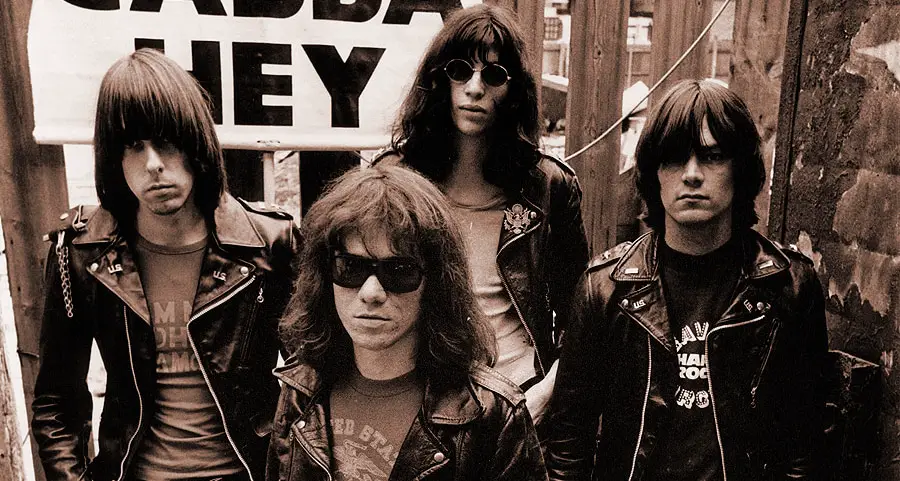
This blistering burst of high-energy sound would push through to the years to come – birthing darker sub-genres in rock and rap. The glitz and glam of rock would die out by ’91 in favor of a more muted, unhappy strain, and poppy R&B would darken into gangsta rap.
The ’90s Go Gangsta
Pop, didn’t up and die outright in the ’90s, but it did change. Blame the seasons for that, or perhaps the seasoning; the Spice Girls were among the decade’s biggest pop acts. Boy and girl bands, in particular, had their heyday in the ’90s.
Rock trudged through the gutter – amassing such a heap of angst as to blossom into a new sub-genre known as grunge. Downtrodden Seattle residents screamed through sheets of distortion at a world that was already slowing back down.
Rappers spat anger at a sea of injustice, authorities and oppressors. While girl and boy bands sang love songs. What? Love is always in season.
The ’00s Go Digital
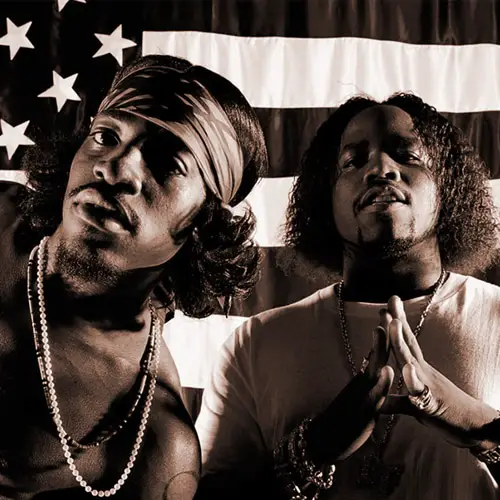
Opening to catastrophe, the ’00s proved an interesting decade, to say the least. 9-11 introduced us to terrorism. Outkast inroduced us to Ms. Jackson. The Black Eyed Peas introduced us to lumps. Coldplay introduced us to clocks. And Usher said ‘Yeah!’ precisely 2.526 billion times. This plus Green Day’s American Idiot and Madonna kissing Britney and Christina on stage pretty much sum up the ’00s.
A pivotal era in music and media, this decade brought with it the simultaneous expansion of pop music to new horizons of sound and the utter obliteration of the music industry’s business model with the advent of digital downloads. Business outside the music industry didn’t quite progress as usual either. 2008’s economic downturn brought about a widespread loss of faith in the markets.
Halfway into the ’10s music would shift to more appropriately convey this, as well as the dramatic change in the world’s musical stage.
The ’10s Go International
Computers and the Internet, despite booming and busting, never quite lost their appeal. At this point, electronic technology and the web have formed an integral part of daily life around the world.
This fact is evident more than ever in the music industry, where electronic dance music has infiltrated nearly all genres and eardrums this decade. Built on electronic sound, rap music has managed to top the charts throughout most of the period. The emergence of trap as Western society’s most popular music suggests that most people can relate to its predominant message at the moment. What exactly does this say about our place in the cycle?
Unlike previous decades, foreign music seems to be infiltrating the charts more and more. K-Pop now has its own K-Town section with Billboard and Luis Fonsi’s “Despacito” topped the Latin Songs chart for 35 weeks straight.
We might soon see a worldwide musical cycle begin, should international influences continue to mix. We can definitely thank the Internet for that.
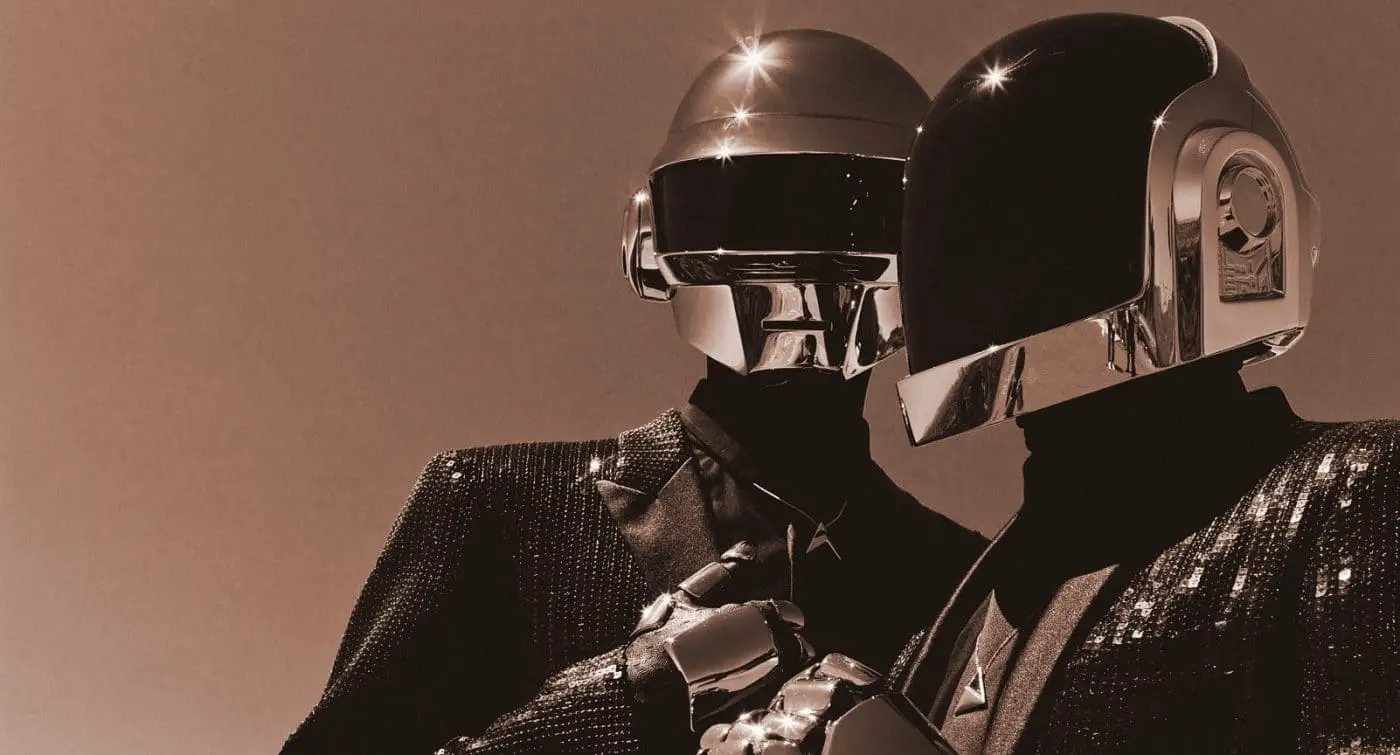
The Future Goes… Elsewhere?
Each decade’s predominant sound seems to mirror its own socio-economic status. Where the industrially revolutionized ’20s roared in ragtime, the greatly depressed ’40s cried and crooned. Where the ’50s and ’60s exploded exuberantly with rock and roll, the recession-tinged ’70s died down to disco.
The ’80s, ’90s and ’00s snapped and popped with digital energy. The ’10s have gone moody and dark with the stuff. Will the 2020s jump off with high energy in the mainstream? Will technological revolution bring about fresh sounds yet again?
With so many big questions, it seems strange looking to music for answers. Is the cycle making the music or is music making the cycle?

